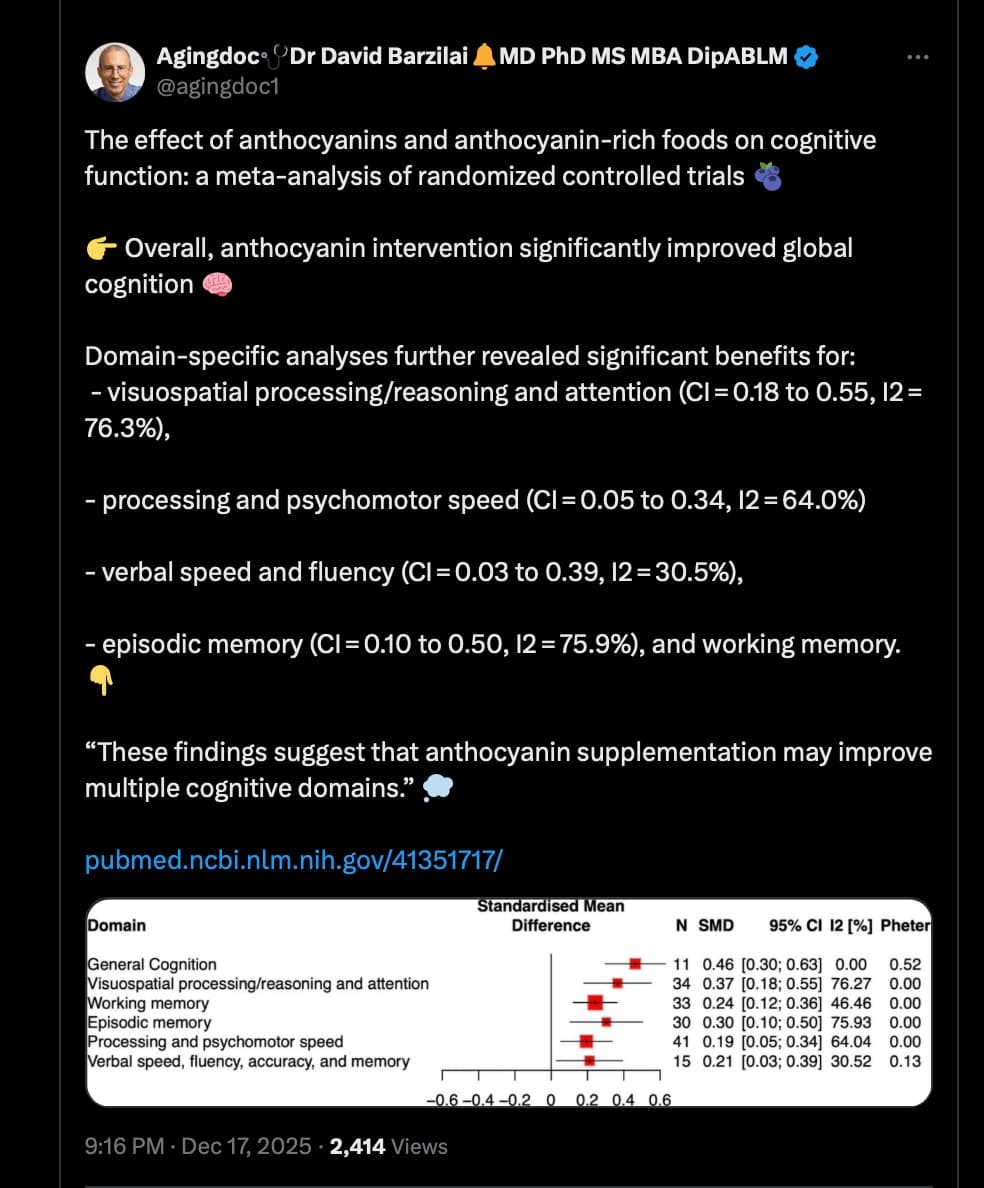Oxidative effects, endothelial dysfunction and vascular damage
Glucose excursions can lead to the formation of reactive oxygen species (ROS) such as superoxide, which leads to oxidative stress in the body.27 People with diabetes have been shown to have increased plasma concentrations of superoxide anions, which also vary in direct proportion with blood glucose levels.28 This oxidative damage may be responsible for the development of endothelial dysfunction, reduced flow-mediated vasodilation (FMVD) and microvascular and macrovascular complications.
The four main pathways involved in hyperglycaemia-induced vascular damage include: (1) activation of protein kinase C (PKC); (2) advanced glycation end (AGE) product formation and increased flux through; (3) polyol; and (4) hexosamine pathways.27 The RAGE (receptor for AGE products) ligation and effects of hyperglycaemia on the electron transport chain (ETC) lead to formation of ROS.29 30 Hyperglycaemia increases the electron flow in the Kreb’s cycle, thus accumulation of nicotinamide adenine dinucleotide (NADH) and flavin adenine dinucleotide (FADH2), and an increased proton transport via the inner mitochondrial membrane. This inhibits the ETC and prolongs the half-life of free radicals. These free radicals interact with oxygen and cause superoxide anion overproduction.27
Marfella et al 31 demonstrated the effect of glucose excursions on plasma nitrotyrosine levels, markers of oxidative damage. Nitrotyrosine levels were unchanged in states of euglycaemia (5 mmol/L for 120 min) while hyperglycaemic states (15 mmol/L for 120 min) caused increased nitrotyrosine levels and increased blood pressure. Further research by Ceriello et al 32 showed that oral glucose tolerance test (OGTT) in people with and without diabetes blunted antioxidant mechanisms, as assessed by total radical trapping antioxidant parameter (TRAP). TRAP levels were significantly lower in people with diabetes compared to those without diabetes (660.3+46 vs 832.6+56 μmol/L, p<0.03) and TRAP was significantly reduced in both groups following the OGTT. Similar findings were demonstrated after a meal. Nitrotyrosine levels were measured after standard meal tests in 23 people with T2DM and 15 matched controls. The former group received two standard meals—one 30 min prior to regular insulin (Actrapid) and the other with insulin aspart. This was carried out to evaluate postprandial hyperglycaemia. The results revealed a linear correlation between postprandial hyperglycaemia and nitrotyrosine levels. Insulin aspart reduced postprandial glucose excursion (p<0.03) and nitrotyrosine levels (p<0.03) as compared to regular insulin.33 The above findings clearly depict acute hyperglycaemia as a driver of oxidative stress, particularly in type 2 diabetics.
